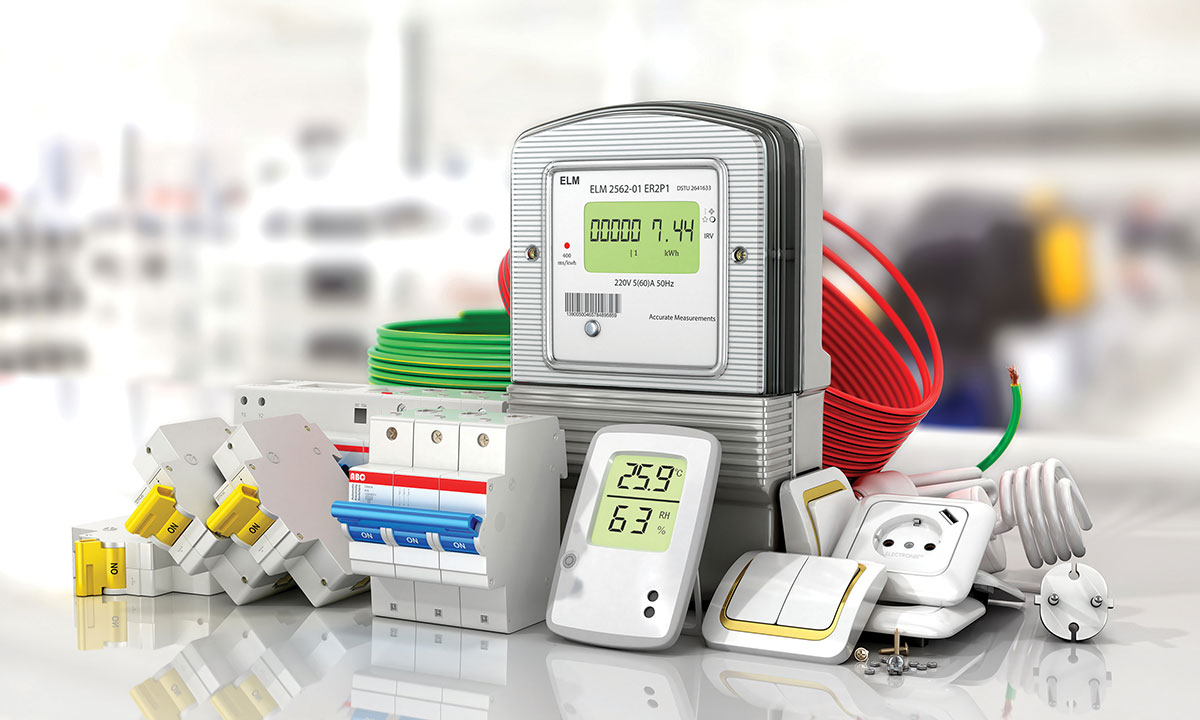The Questions
To play this game, you need a sharp eye, a quick mind and a 2014 National Electrical Code book.
(Fill-in-the-blank questions are looking for the exact word(s) used in the NEC.)
1) This informative annex provides application information for __________ calculated under engineering supervision.
A) Ratings
B) Ampacities
C) Conductor sizes
D) Duct bank sizing
2) __________ is a Fire-Resistive construction type. All structural elements and most interior elements are required to be noncombustible.
A) Type I
B) Type II
C) Type III
D) Type IV
3) Where provided, the general requirements in (A)(1) through (A)(11) shall apply to __________ systems. The __________ system for the COPS loads shall be separate from the building management __________ system. No single point failure shall be able to disable the __________ system.
A) SCADA
B) Critical
C) Emergency
D) Energy management
4) The provisions cited in __________ are intended to assist the users of the Code in properly considering the various electrical design constraints of other building systems and are part of the 2010 ADA Standards for Accessible Design. They are the same provisions as those found in ANSI/ICC A117.1-2009, Accessible and Usable Buildings and Facilities.
A) Informative Annex C
B) Informative Annex E
C) Informative Annex H
D) Informative Annex J
5) No __________ constructed building shall be occupied in whole or in part in violation of the provisions of this Code.
A) Newly
B) Poorly
C) Partially
D) Previously
6) In the absence of connector or equipment manufacturer’s recommended __________, Table I.1, Table I.2, and Table I.3 may be used to correctly tighten screw-type connections for power and lighting circuits*.
A) Tools
B) Labeling
C) Instructions
D) Torque values
7) Where this table is used in conjunction with Tables C.1 through C.12, the conductors installed must be of the __________ type.
A) RHW
B) Copper
C) Compact
D) Concentric
8) When a product is required to be listed in the body of the NEC, the product must be evaluated using one of the Product Standards found in Annex A.
A) True
B) False
9) Informative Annex D, Examples, contains examples that are written and maintained by NFPA staff.
A) True
B) False
10) For a Critical Operations Power System, functional performance tests are developed by a commissioning authority, and are prohibited from being developed by the installation contractor.
A) True
B) False
Bonus Question
[WpProQuiz 10]
Answers
1) B, Ampacities. This language is found in Informative Annex B, Application Information for Ampacity Calculation, in B.310.15(B)(1) Equation Application Information. The information in Annex B can be used to comply with 310.15(C) Engineering Supervision.
2) A, Type I. Informational Annex E contains information on Types of Construction classified by fire resistance rating. The fire resistance ratings in Annex E are based on NFPA 5000, and Table E.3 provides a cross-reference of construction types from the Uniform Building Code, B/NBC (National Building Code), Standard Building Code and International Building Code.
3) A, SCADA. This requirement is located in Informative Annex G, Supervisory Control and Data Acquisition (SCADA). Annex G was added in the 2008 NEC as additional information for Article 708, Critical Operations Power Systems (COPS). Requirements for COPS were added to the 2008 NEC based on the work of the NEC Task Group on Emergency and Standby Power Systems for Homeland Security in order to provide adequate minimum requirements to ensure the appropriate level of integrity and quality for power sources, power distribution, and signaling systems required due to threats and/or acts of terrorism, manmade disasters and natural disasters.
4) D, Informative Annex J. To help electrical code users comply with requirements for accessible design, Annex J was added to the 2014 NEC. The annex includes information on protruding objects; post-mounted objects; vertical clearances; required clear widths; and forward reach, side reach and high reach dimensions.
5) A, Newly. This language is found in Informative Annex H, Administration and Enforcement, 80.11(A) New Construction. Annex H contains a model format for the adoption of administrative rules by a jurisdiction. It can be adopted without change as Article 80, or modified to reflect the requirements of the jurisdiction. Topics include occupancy of a building or structure, formation of an electrical board, permits and approvals, plans review, and more.
6) D, Torque values. Informative Annex I, Recommended Tightening Torque Tables from UL Standard 486 A-B, was added in the 2011 NEC. The purpose is to provide torque values for use in situations where the manufacturer’s recommended torque values are unavailable. One potential use would be an older piece of equipment with no torque values marked; Annex I could be used when installing replacement conductors to properly tighten the set-screw connections.
7) C, Compact. Informative Annex C, Conduit and Tubing Fill Tables for Conductors and Fixture Wires of the Same Size, contains 24 tables with the maximum number of conductors or fixture wires that can be used in each permissible size for the twelve raceway types included. There are two tables for each raceway type, one for concentric stranded conductors and another for compact stranded conductors.
8) B, False. Since the list of product standards is found in Annex A, the list is only informational. If a qualified electrical testing laboratory evaluates and lists a product using another standard, that product can meet the listing requirements found in the NEC.
9) B, False. The code-making panel that is primarily responsible for the rules covered in the example maintains each of the examples in Annex D. The responsible code-making panel can be determined by reviewing the National Electrical Code Committee list in the front of the NEC, where the examples are included in the list of each panel’s scope of work.
10) A, True. Informative Annex F, Availability and Reliability for Critical Operations Power Systems; and Development and Implementation of Functional Performance Tests (FPTs) for Critical Operations Power Systems, contains information necessary for ensuring the continuous operation of a COPS installation. The information stating who is required to develop the FPTs is found in Annex F, Part II, list item (1). This Annex also gets the award for longest title.










Find Us on Socials